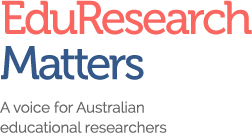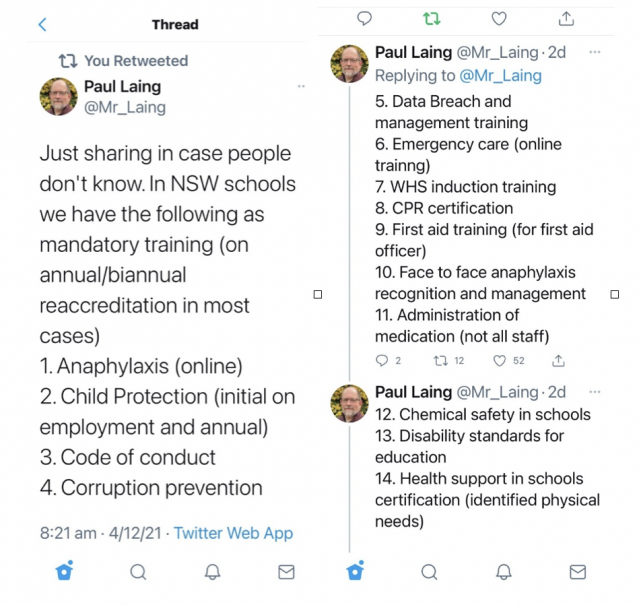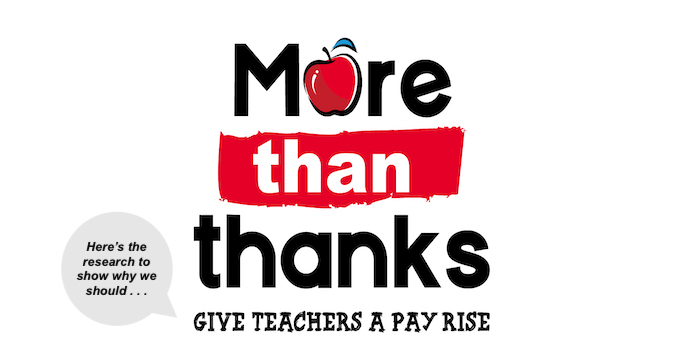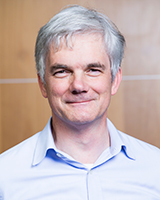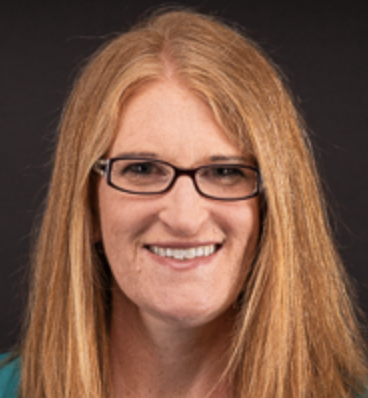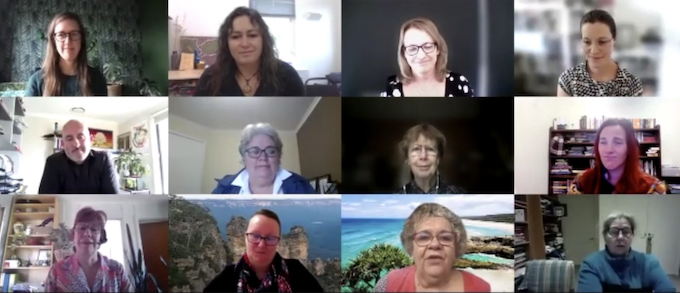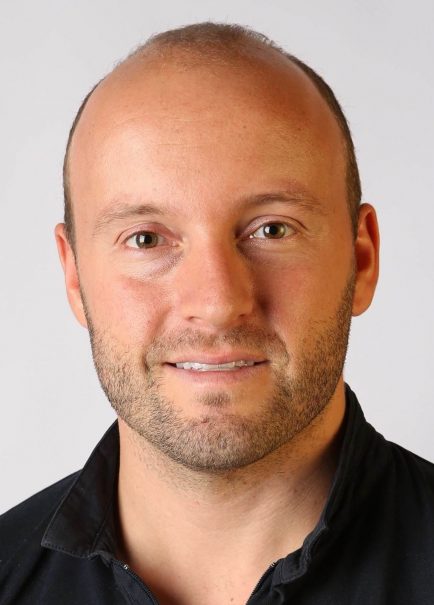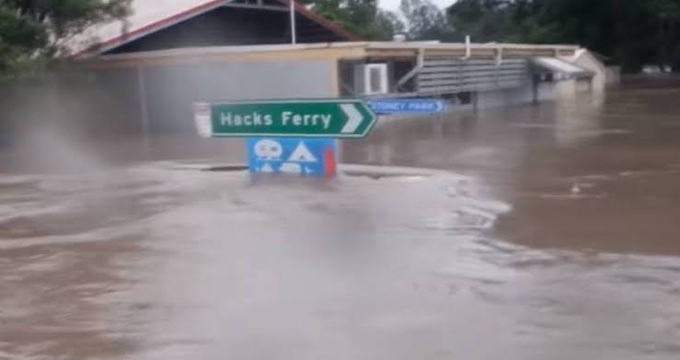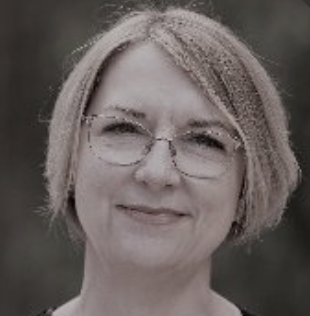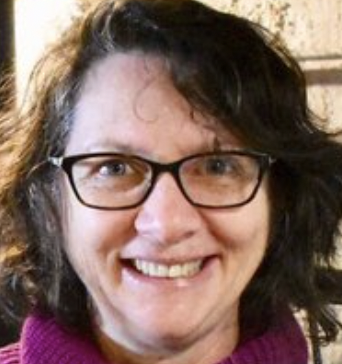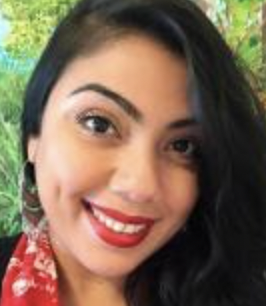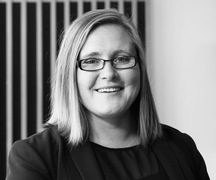Featured Symposium at AARE 2021: Elite private boys’ schooling, feminism and gender justice: reimagining research in a post #me too world
On November 30 2021, while many of us were in paper sessions at the annual AARE conference, the findings of a review of workplace culture in parliament house were released. The review, led by Sex Discrimination Commissioner Kate Jenkins, was sparked by rape allegations made earlier this year by Brittany Higgins. The findings indicated that one in three people working in federal parliament has experienced some kind of sexual harassment there (Australian Human Rights Commission, 2021). What is also true is that a large number of MPs in the current parliament attended boys’ only schools, and recent revelations about the conduct of some boys in high fee-paying private boys’ schools have shone a negative light on them.
In September 2020, a year 12 muck-up day challenge at Sydney’s Shore school was made public which included such challenges as “spit on a homeless man”, “deck a stranger”, “sack whack a complete random walking past”, “get with someone below (age) 15”, and “get with an Asian chick”. In February 2021 Ms Chanel Contos, a former student at Kambala – an elite private girls’ school in Sydney – commenced a petition on social media for consent education to be taught earlier. This also attracted many testimonies from young women across the country regarding sexual assault from young men, many of whom attended elite private boys’ schools.
A spotlight has therefore been focused on private boys’ schools and the male leaders they produce. All but two of Australia’s post war Prime Ministers (Bob Hawke and Julia Gillard) attended boys’ only schools, as did many men in the current parliamentary cabinet. Many of the men who attend boys’ only schools will come to occupy positions of significant privilege and power. There are crucial questions to be asked about the gender, class and race lessons being learnt by the young men attending such schools, and the way these travel with them as they come to occupy positions of influence in post-school life. Emeritus Professor Jane Kenway calls this the ‘misogyny pipeline’.
Published research shows us that such schools can be environments that are toxic for women teachers (Higham, 2018; Variyan, 2021) and indicates the sense of entitlement that can be fostered in such schools (Gaztambide-Fernández, Cairns & Desai, 2013). However it also indicates they are institutions that frequently engage in practices that are ostensibly about improving society and ameliorating justice (Kenway & Fahey, 2015). Indeed, how might these schools and their current and former students contribute to social justice rather than reproduce virulent forms of misogyny, classism and racism?
In response to such questions, AARE featured the research symposium Elite private boys’ schooling, feminism and gender justice: reimagining research in a post #me too world, at its annual conference. The symposium involved Drs Claire Charles and Lucinda McKnight, and Professor Amanda Keddie (Deakin University); Dr George Variyan (Monash University); Emeritus Professor Jane Kenway (Melbourne University); Professor Adam Howard (Colby College, USA), and Leanne Higham (LaTrobe University).
The symposium identified a range of challenges and opportunities for understanding questions of gender, class and race in elite private boys’ education both in Australia and the USA. A particular challenge identified was the ‘rules of entitlement’ that such schools implicitly teach their boys (Kenway). One such rule is that boys must know how to stay on top of all the hierarchies that matter. Given how strongly invested such schools, and their clients, are in hierarchies it was asked is it even possible to challenge this rule?
A key theme, in line with the conference title, was how we might re-imagine research in politically charged spaces, and in particular in/with elite private school boys and such schools’ alumni. Access to elite schooling for the purposes of research can be difficult. The symposium explored some different approaches to gaining insight into a culture where ‘what is part of the family stays with the family’. The schools were likened to a ‘secret brotherhood’ (Howard) where unsavoury are kept under a code of silence, although can sometimes be revealed to ‘insider’ researchers such as men who also attended elite boys’ schools, or by alumni who actively take up a more progressive justice politics. As part of re-imagining research in this space, the symposium also explored how researchers need to acknowledge their own positioning and investments (Charles, McKnight & Variyan).
A second theme was around how the schools themselves typically respond to revelations about their misogynistic cultures when they hit the media. Their crisis management techniques were identified. For example, they often respond by suggesting that such events are the result of a few ‘bad apples’ and are not representative of the broader culture or values of the school. A further strategy was their ‘dignified determination’ to address the issues. These defensive responses were described as a form of ‘misogyny masking’ (Kenway).
A key question, therefore, is how research, and the schools themselves, might address these problems. In particular, how research and teaching in elite private boys’ schools might seek to involve boys and men in working toward social justice. It is well established in research that involving men and boys in feminist projects can be a challenge yet one that is necessary if we are to change the status quo (Messner, Greenberg & Peretz, 2015). The symposium explored the discomfort and emotional intensities that boys and men often experience when they are invited to reflect on their complicity in perpetuating gender injustice (Keddie). It found that while such discomfort can be difficult, it is a necessary part of gender transformative work because you are dealing with personal violation. Such discomfort and emotions can be channelled in productive was for gender justice (Keddie). The role of researchers’ own relationships and emotions with regard to these schools was also explored (Charles, McKnight & Variyan).
In summary, recommendations arising from the symposium include the following:
· That researchers continue to work with alumni from these schools to identify and further understand the factors that might assist some men to develop progressive justice politics both at school and later in life;
· That further research is conducted into what may make elite private boys’ schools different from other elite schools that are co-educational or girls’ only schools, when it comes to addressing the problems outlined above;
· That research and pedagogy continue to engage boys in working toward gender justice – including boys attending elite private boys’ schools.
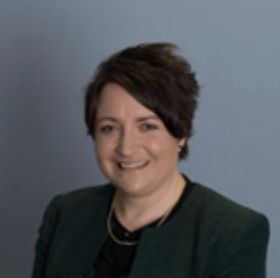
Dr Claire Charles is a senior lecturer in the School of Education at Deakin University. Her research advances understanding of the justice politics of privileged young people in an unfair world.
Dr Charles pulled together this overview of research, including her own, presented at AARE201. The other authors are: Dr Lucinda McKnight is a senior lecturer in pedagogy and curriculum at Deakin University. She conducts award-winning research into curriculum design’s role in teacher identity, autonomy and professionalism, especially in English. Dr George Variyan is a lecturer in Master of Educational Leadership in the Faculty of Education at Monash University. George’s engagement in research is based on a critically orientated sociology, which explores human agency in the relationship between education and society. Amanda Keddie is a Professor of Education at Deakin University. She leads the program: Children, Young People and their Communities within the REDI (Research for Educational Impact) Centre. Her research interests and publications are in the broad field of social justice and schooling. Professor Jane Kenway is an elected Fellow of the Academy of Social Sciences; Australia, Emeritus Professor at Monash University and Professorial Fellow at the University of Melbourne. Her research expertise is in educational sociology. Adam Howard, Ed.D., is the Charles A. Dana Professor of Education and Chair of Education Program at Colby College, USA. Professor Howard’s research explores social class issues in education with a particular focus on privilege and elite education. Leanne Higham is a Lecturer in the School of Education at La Trobe University. A former secondary teacher, she is interested in the everyday practices of schooling and how these increase and enhance the capacities of those within schools, and/or limit and constrain them.

